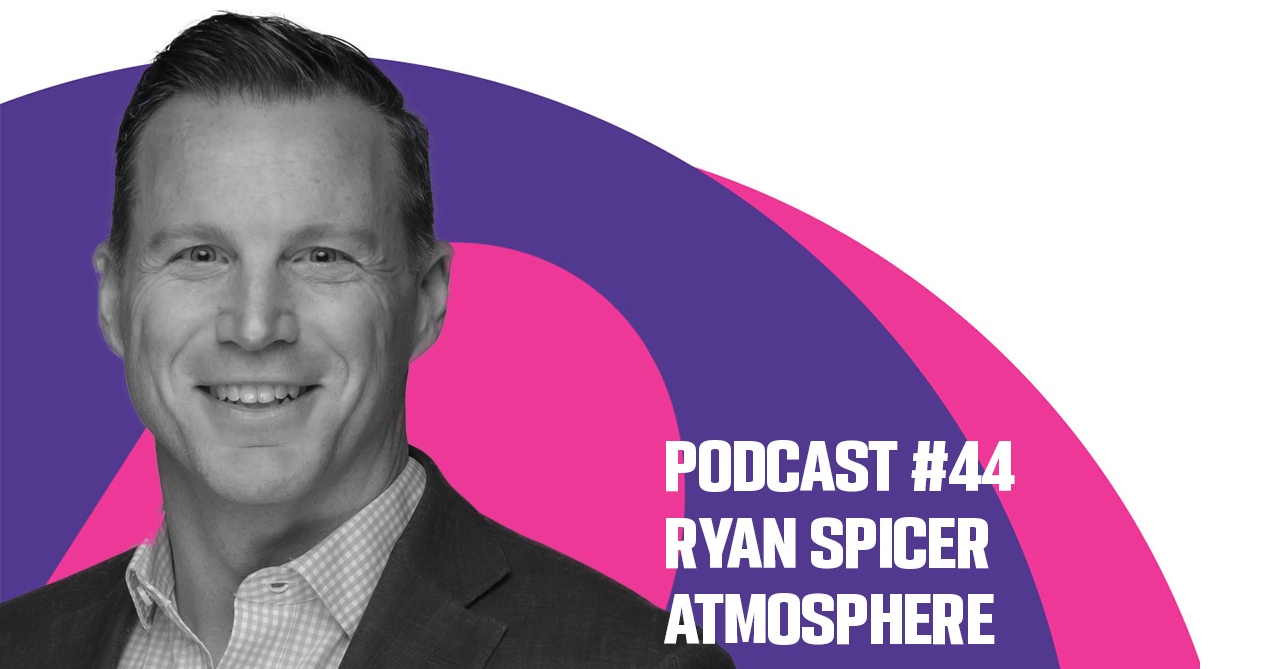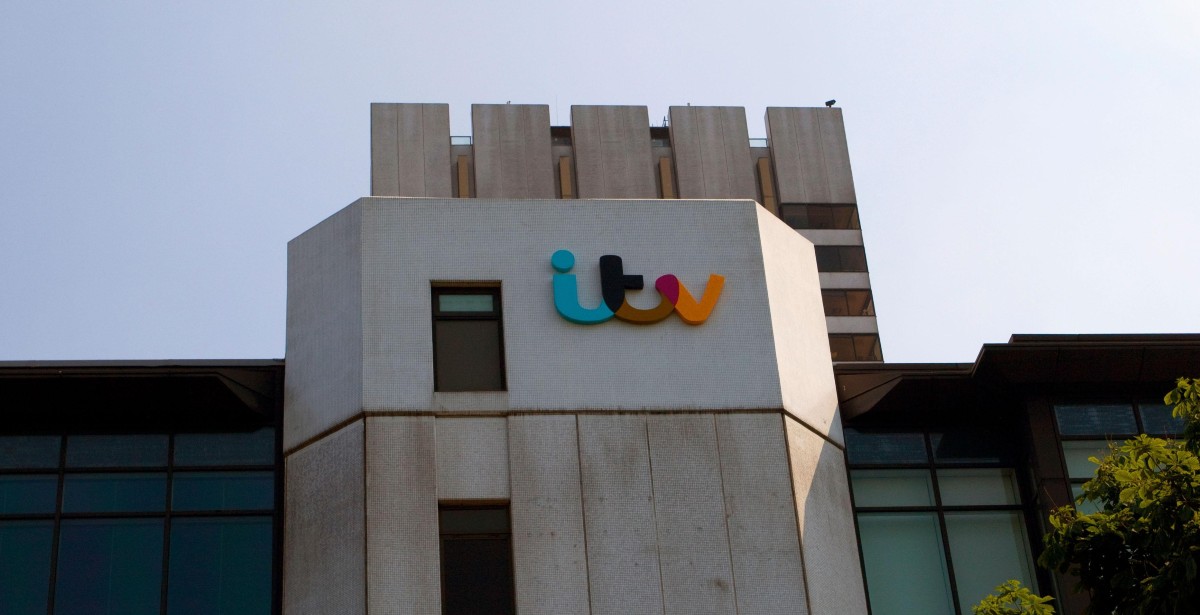 Earlier this summer outdoor advertising giant JCDecaux announced the launch of Viewed Impressions for Out Of Home (VIOOH), a new global platform to enable programmatic planning and trading of digital out-of-home (DOOH) advertising. While VIOOH is not the first tool to enable programmatic trading for DOOH, it’s still early days for the practice, and VIOOH hopes to speed up its adoption.
Earlier this summer outdoor advertising giant JCDecaux announced the launch of Viewed Impressions for Out Of Home (VIOOH), a new global platform to enable programmatic planning and trading of digital out-of-home (DOOH) advertising. While VIOOH is not the first tool to enable programmatic trading for DOOH, it’s still early days for the practice, and VIOOH hopes to speed up its adoption.
VAN spoke to VIOOH’s Michelle Langelaan to hear about the challenges of bringing programmatic trading to DOOH, and how the space is evolving.
Early Days for Programmatic DOOH
Programmatic trading of DOOH inventory has existed for quite a while now – Vistar launched what it claimed was the first ad exchange for DOOH in October 2012. But it’s taken a long time to catch on. A DPAA survey last year found that only 39 percent of planners were actually aware that DOOH inventory could be traded programmatically.
Now however there are signs its starting to pick up. That same DPAA survey found that a majority of media planners were more likely to recommend DOOH because when it can be traded programmatically.
Research from eMarketer last year also noted that that while automated trading of DOOH inventory is still in its infancy, more forward thinking companies expect around 70 percent of their DOOH campaigns to be bought programmatically within the next five years.
There are several challenges unique to DOOH trading for initiatives like VIOOH attempting to push further adoption.
On the technical side, the finite nature of DOOH inventory means tools for buyers need to work slightly differently. Unlike digital video or display, there are a relatively small number of DOOH units available, which can only run so many ads each day.
Also, not all existing DOOH units are compatible with programmatic trading, so there will in some cases need to be upgrades to infrastructure. “VIOOH has been built to be compliant with existing infrastructure, our aim as an open platform is to be able to work with most display screen units,” said Langelaan. “We are aware that some media owners still have quite old units in which case we would require the media owner to upgrade.”
“Media buyers need to have the right tools in place to select and bid to reach their target audience, she added. “VIOOH Exchange offers fixed and flexible private marketplaces which enable media buyers a better chance to maximise the opportunity as inventory is less abundant.”
There are also a number of differences on the creative side that need to be accounted for. Given the necessity for DOOH ads to be safe for public viewing, creative must be pre-approved before trading takes place, and the infrastructure has to factor this in. Creative must also be optimised for DOOH screens, requiring a much higher resolution than a desktop or mobile ad to avoiding looking pixelated.
Getting the Most Out of DOOH
Perhaps the most interesting challenge though is tailoring the creative to specific locations. “OOH is a one to few advertising channel, so creative should be localised to area/audience without limiting appeal to wider audiences,” said Langelaan. “It needs to tread the fine line between broadcast and relevant. VIOOH technology and data is making this a much simpler line to tread.”
VIOOH has a custom-built content management system which it says can update content based on geolocations, time of day, day of the week, sales, promotions and events. Figuring out the right balance of targeting whilst simultaneously ensuring ads remain relevant to larger audiences will be key to advertisers getting the most out of DOOH.
Advertisers should also be clear on where DOOH fits into their campaign strategies, and how it works alongside other formats. Langelaan pointed to DOOH and mobile as being a particularly strong combination. Research from Posterscope for example found that mobile click-through rates (CTRs) increased by up to 15 percent when supported by OOH. Meanwhile a trial campaign by Vistar Media and LiveRamp found that mobile and DOOH were effective for driving offline results too, lifting in store visits by 3.6 times.
Enter the Tech Giants?
If DOOH does continue to grow and eat up a bigger portion of marketing budgets, it may well attract the attention of the dominant players in digital advertising, the likes of Facebook, Google and Amazon.
Google in fact already appears to be dipping its toes in the water. Reports surfaced last month that the company is moving into DOOH advertising in Germany, with plans to expand to the US and UK in the future. Google did not confirm the reports, but had previously experimented with using DoubleClick for programmatic buying of DOOH ads. So it seems a very real possibility that DOOH is on its radar.
Langelaan agreed that it’s likely the growth of DOOH will attract new players into the space. She acknowledged that their entry might create “turbulence”, but added that she anticipates any turbulence would dissipate “once all players find their niche and their role within the landscape”.
The question is, will Google and its like settle for a moderate portion of the market, if they do decide to enter? Or will they look to establish the same dominance they’ve built in the desktop and mobile worlds?




